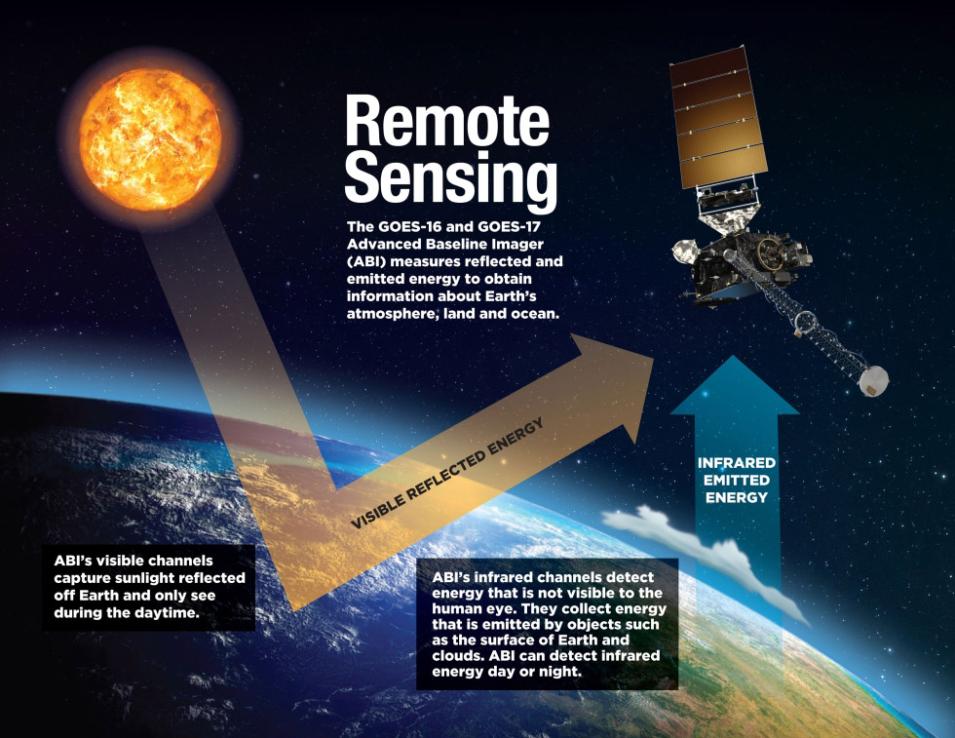The Advanced Baseline Imager (ABI) is the primary instrument aboard the GOES-R Series for imaging Earth’s weather, oceans, and environment. ABI views Earth with 16 different spectral bands (compared to five on the previous generation of GOES), including two visible channels, four near-infrared channels, and 10 infrared channels. These different channels (wavelengths) are used by models and tools to indicate various elements on Earth’s surface or in the atmosphere, such as trees, water, clouds, moisture, or smoke.
Content from all Earth science data sites are migrating into this site from now until end of 2026. Not all NASA Earth science data will appear across the site until then. Thank you for your patience as we make this transition.
Read about the Web Unification Project
